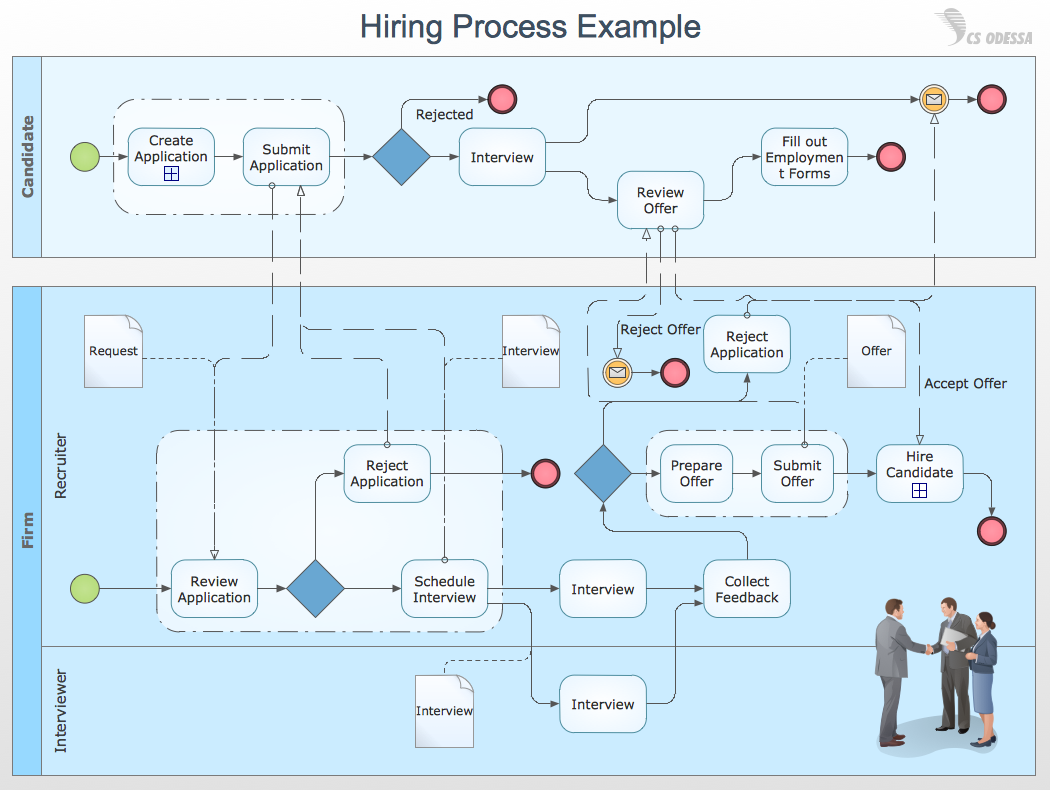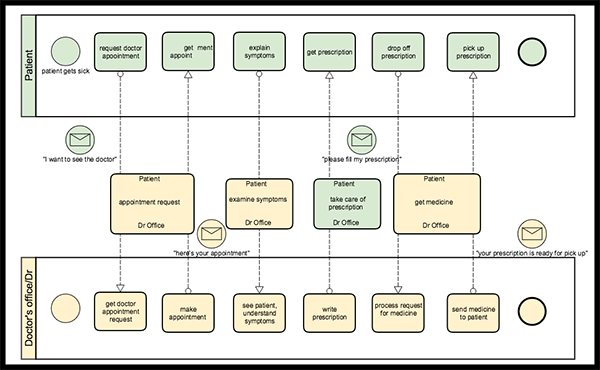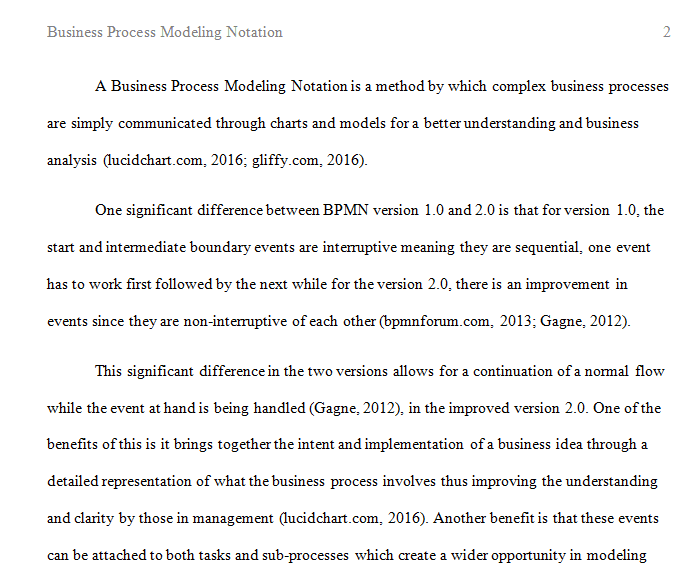
Success and failure rates of the process.Timelines of the overall process and each step in the process.Decision points and the different paths workflows can take based on their outcomes.Who owns or initiates those events and activities.Events and activities that occur within a workflow.Process modeling generates comprehensive, quantitative activity diagrams and flowcharts containing critical insights into the functioning of a given process, including the following: What is business process modeling?Ī business process model is a graphical representation of a business process or workflow and its related sub-processes. These process models help organizations document workflows, surface key metrics, pinpoint potential problems and intelligently automate processes. Even the business users directly involved in these processes may lack total transparency into exactly what happens at every step of the way.īusiness analysts can gain end-to-end views of the business process lifecycle through business process modeling, a business process management (BPM) technique that creates data-driven visualizations of workflows. If an organization wants research and development (R&D) investments to produce sufficient returns, IT issues resolved with minimal downtime or a highly accurate lead qualification workflow, it needs to understand these processes on an objective and comprehensive level.

However, when they need to ensure that those processes consistently drive optimal outcomes, “a pretty good idea” isn’t enough. Most enterprises have a pretty good idea of the various business processes powering their daily operations.


Business process modeling gives organizations a simple way to understand and optimize workflows by creating data-driven visual representations of key business processes.


 0 kommentar(er)
0 kommentar(er)
